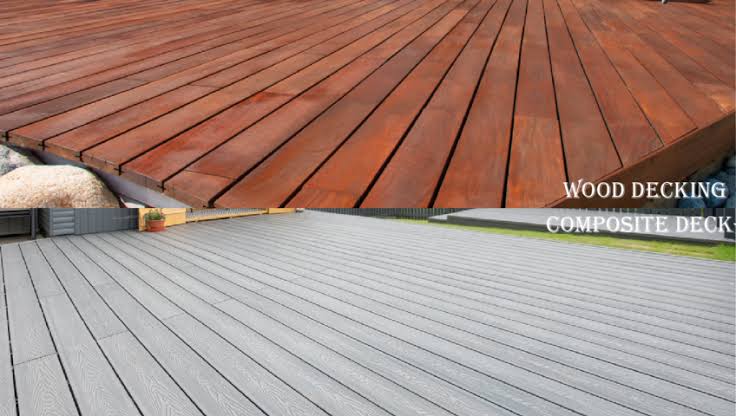Wood and Composite Decks: A Comprehensive Guide

Introduction to Decking Options
Decks have become a staple in modern home design, offering a seamless transition between indoor and outdoor living spaces. They provide a perfect spot for relaxation, entertainment, or dining, enhancing the overall aesthetics and functionality of a home. When choosing the right material for a deck, homeowners often find themselves weighing the options between wood and composite materials. Each option offers unique advantages and some considerations.
Understanding Wood Decks
Wood has been a traditional choice for decks for decades due to its natural look and feel. It is often favored for its aesthetic appeal, providing a warm, earthy tone that complements various home styles. The most common types of wood used for decking include cedar, redwood, and pressure-treated pine. However, wood decks require regular maintenance, such as staining, sealing, and cleaning, to prevent rotting, warping, and insect infestation.
Advantages of Composite Decks
Composite decks, made from a mix of wood fibers and plastic, have gained popularity as a low-maintenance alternative to wood. These decks are resistant to rot, mold, and insects, making them highly durable and long-lasting. Composite decking comes in a variety of colors and textures, mimicking the look of natural wood without the need for constant upkeep. Although the initial cost of composite decking is higher, its longevity and minimal maintenance can lead to cost savings over time.
Comparing Wood and Composite Decks
When deciding between wood and composite decks, it’s important to consider factors like budget, maintenance, and environmental impact. Wood decks, while less expensive upfront, may require more maintenance and replacement over time. Composite decks, though costlier initially, offer durability and lower maintenance costs. Additionally, composite materials are often made from recycled materials, making them an eco-friendly choice for many homeowners.
Maintenance Tips for Your Deck
Regardless of the material chosen, regular maintenance is essential for extending the life of a deck. For wood decks, this includes annual cleaning, sanding, and resealing to prevent moisture damage. Composite decks, while more resistant to weather and wear, still require occasional cleaning to remove dirt and debris. Using a mild detergent and a soft brush can help keep the deck looking fresh and new, ensuring a welcoming outdoor space year-round.
Choosing the Right Deck for Your Needs
Selecting the right deck involves considering both your lifestyle and budget. If you enjoy the classic beauty of natural wood and don’t mind regular maintenance, a wood deck might be ideal. For those who prefer a low-maintenance option with a longer lifespan, composite decking is a great alternative. Consulting with a professional deck builder can help you make an informed decision based on your specific needs and preferences.
Environmental Impact and Sustainability
With increasing awareness about environmental sustainability, many homeowners are considering the ecological footprint of their decking choices. Wood decks, if sourced from sustainably managed forests, can be an environmentally friendly option. On the other hand, composite decks often use recycled materials, contributing to waste reduction. Both options have their eco-friendly merits, depending on the source and manufacturing process.Conclusion: Making the Right Choice
Ultimately, the choice between wood and composite decks comes down to personal preference, budget, and lifestyle. Both options provide beautiful, functional outdoor spaces that can enhance the value and enjoyment of your home. By weighing the benefits and considerations of each material, you can choose the decking option that best fits your needs, ensuring years of outdoor enjoyment





